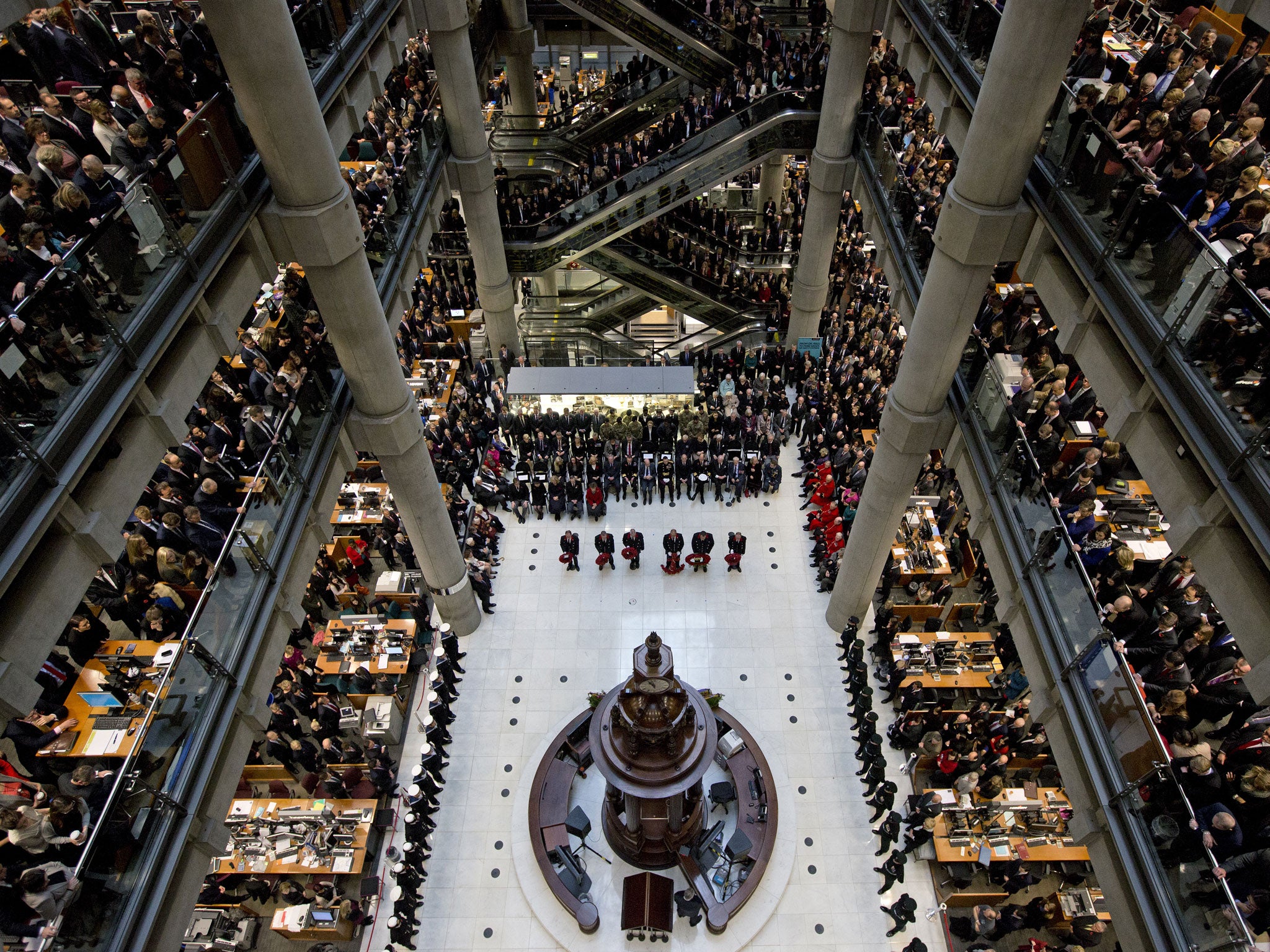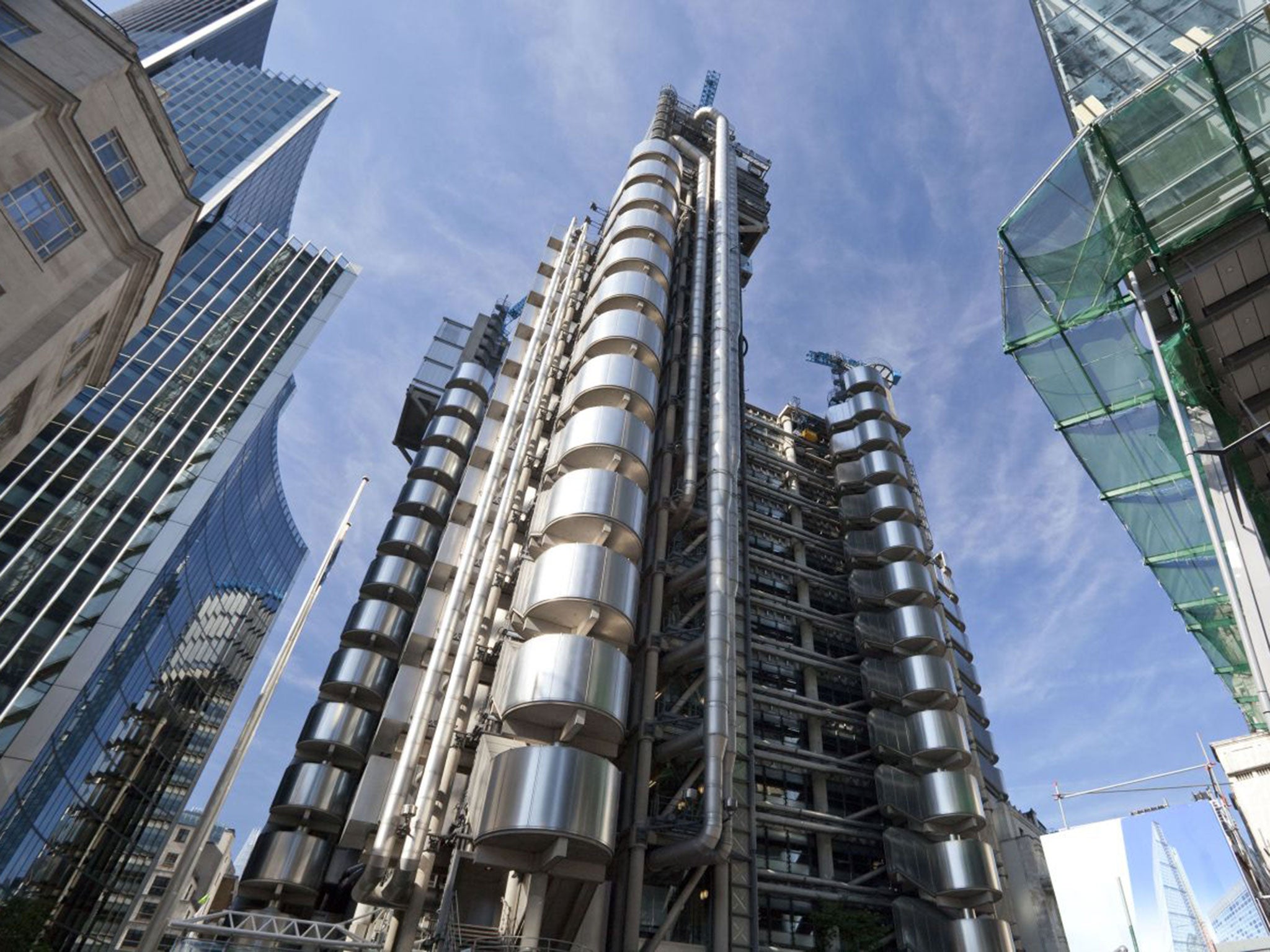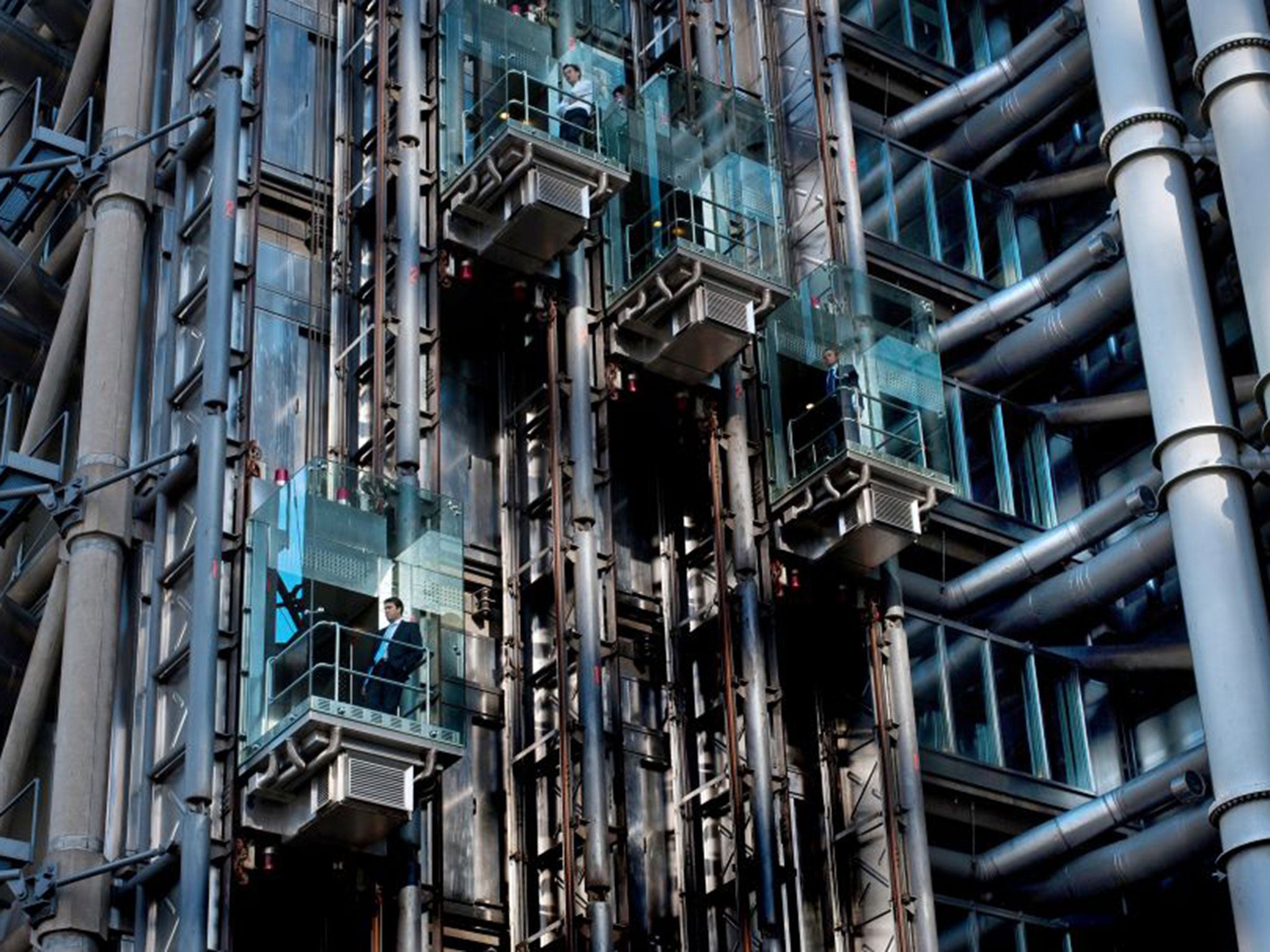Chinese owner of ‘inside-out’ building denounced by Prince Charles could face tenant headache if Lloyd’s moves

Your support helps us to tell the story
From reproductive rights to climate change to Big Tech, The Independent is on the ground when the story is developing. Whether it's investigating the financials of Elon Musk's pro-Trump PAC or producing our latest documentary, 'The A Word', which shines a light on the American women fighting for reproductive rights, we know how important it is to parse out the facts from the messaging.
At such a critical moment in US history, we need reporters on the ground. Your donation allows us to keep sending journalists to speak to both sides of the story.
The Independent is trusted by Americans across the entire political spectrum. And unlike many other quality news outlets, we choose not to lock Americans out of our reporting and analysis with paywalls. We believe quality journalism should be available to everyone, paid for by those who can afford it.
Your support makes all the difference.When architect Richard Rogers embarked on an eight-year project to create a new home for the Lloyd’s of London insurance market, few could have imagined just how radical his final design would be.
In an era before the Gherkin, Shard or Walkie Talkie, the Lloyd’s building in the City of London was completed in 1986 but instantly divided opinion, with its staircases and lifts on the outside, like the Centre Pompidou in Paris, which Rogers had also designed.
Prince Charles was a particular critic of this new style of architecture. “You have to give this much to the Luftwaffe,” he remarked at the time. “When it knocked down our buildings, it didn’t replace them with anything more offensive than rubble.”
Almost 30 years on from its grand opening by the Queen, the Lloyd’s building is now spoken of fondly and was named as the youngest Grade-1 listed building in the country three years ago. But with Lloyd’s now considering a move away from the building, which was bought by Chinese insurer Ping An last year for £260m, fears are growing that it could be left vacant if the insurance market moves out. According to sources, the insurer is tiring of the expensive running costs and has the option to move out in 2021. Lloyd’s pays nearly £17m in annual rent, but service charges are twice the cost of other City buildings due to “eye-watering” maintenance costs.

Property experts believe Ping Ang could struggle to find another tenant for the London landmark with Lloyd’s believed to be considering moving to the “Gotham City” skyscraper on 40 Leadenhall Street, which received planning permission in February.
“It’s really difficult because the building was purpose-built,” one said. “The wider floors lower down the building could be converted to retail or restaurants but there are a lack of alternative uses. This may be their way of backing the Chinese into the corner to get them to the table.”
The “inside-out” building includes a grand trading floor where brokers and underwriters interact to cover risks ranging from satellites to ships, from aeroplanes to Keith Richards’ hands. The building has partitions that can be moved around to change the layout of its offices. Other features include the Lutine Bell, which has traditionally been rung to announce ships lost at sea.

The 18th century Adam Room was even incorporated in the new building. Designed as a dining room for the first Earl of Shelbourne in 1763, it was originally transported from Bowood House in Wiltshire to Lloyd’s previous home on Lime Street in 1956.
Lloyd’s declined to comment on Monday, although its former chief executive Richard Ward expressed concerns about the building last year, when he described it as “costly”, claiming that its design leaves it “exposed to the elements”.
Another source added: “The property market would find it highly surprising if they genuinely have the guts to move despite the famously high running costs – and the exit cost from such a bespoke building will be expensive.”
The next few months are likely to see intense negotiations between Lloyd’s and the building’s owners. Whatever the outcome, it is unlikely that even Prince Charles will want to see Rogers’ masterpiece end up as a white elephant at the heart of the Square Mile.
Join our commenting forum
Join thought-provoking conversations, follow other Independent readers and see their replies
Comments